Antonia Hahn
How computers learn to see – Applying AI to industry
#1about 1 minute
The challenge of quality control in car seat manufacturing
A car seat manufacturer needs to ensure hundreds of special clips are correctly placed on various seat types daily.
#2about 1 minute
Evaluating solutions for automated visual inspection
AI-based inspection is a superior solution compared to manual checks, which are error-prone, or classic computer vision, which requires extensive programming.
#3about 2 minutes
Understanding AI use cases for computer vision
AI uses statistical algorithms for tasks like image classification, object detection, and even generating new images with generative AI.
#4about 4 minutes
Preparing and pre-processing data for a machine learning model
The preparation phase involves clarifying the task, choosing a technical setup, collecting and labeling data, and splitting it into training, validation, and test sets to prevent overfitting.
#5about 2 minutes
A simplified overview of convolutional neural networks
A Convolutional Neural Network (CNN) uses layers like convolutional, pooling, and dense layers to learn features from images and make predictions.
#6about 2 minutes
Building from scratch vs using pre-trained models
Using a service provider with pre-trained models is more time and cost-effective, requiring far fewer images than building a model from scratch.
#7about 3 minutes
Evaluating model performance with a confusion matrix
A confusion matrix helps evaluate model performance by comparing actual to predicted values, highlighting critical metrics like false negatives and the escape rate.
#8about 2 minutes
Iterating and fine-tuning the model for better results
Improving model performance is an iterative process of collecting more data, adjusting pre-processing steps, trying different models, and tuning parameters using the validation dataset.
#9about 2 minutes
Deploying the AI model into a production environment
The final deployed system uses a camera, a classifier to identify the seat type, the inspection model, and a post-processing module to trigger actions like a robot arm.
#10about 1 minute
Key takeaways for applying AI in manufacturing
AI is a feasible solution for visual inspection in manufacturing, especially when using pre-trained models and embracing an iterative, experimental approach.
#11about 1 minute
Q&A on data sourcing and finding pre-trained models
The Q&A covers the necessity of collecting images directly from the customer's assembly line and finding pre-trained models from cloud providers or open-source repositories.
Related jobs
Jobs that call for the skills explored in this talk.
(Senior) Data & AI Consultant / Banking (all genders)
msg
Ismaning, Germany
Intermediate
Senior
Data analysis
Cloud (AWS/Google/Azure)
Full Stack Developer (all genders welcome)
ROSEN Technology and Research Center GmbH
Osnabrück, Germany
Senior
TypeScript
React
+3
Cloud Engineer (m/w/d)
VECTOR Informatik
Stuttgart, Germany
Intermediate
Senior
DevOps
Cloud (AWS/Google/Azure)
Matching moments

22:45 MIN
Applying machine learning in the automotive industry
Getting Started with Machine Learning
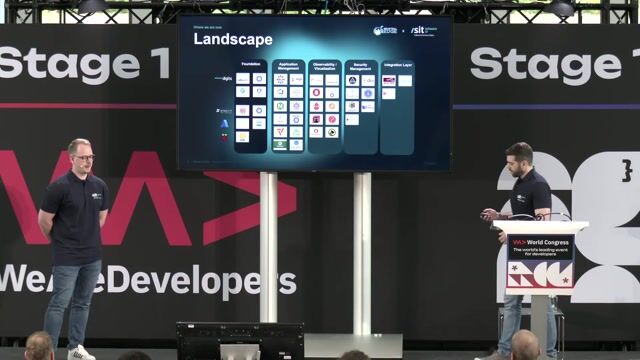
11:36 MIN
Use case: AI-driven foreign object detection in manufacturing
From Factory Floor to Kubernetes Core: Building an Edge Platform One Step at a Time

38:31 MIN
Previewing the "AI or knockout" conference talk
From Learning to Leading: Why HR Needs a ChatGPT License

25:29 MIN
Lightning round on future skills and AI trends
The AI-Ready Stack: Rethinking the Engineering Org of the Future
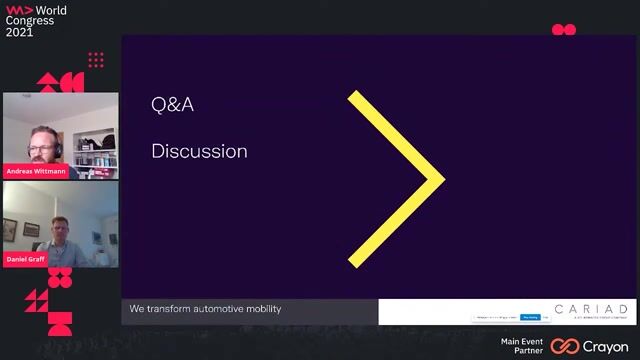
29:52 MIN
Skills and challenges of working with automotive AI
Developing an AI.SDK

00:05 MIN
AI's growing role in the software development lifecycle
The AI-Ready Stack: Rethinking the Engineering Org of the Future

01:32 MIN
Practical examples of using AI in daily life
Collaborative Intelligence: The Human & AI Partnership

11:57 MIN
Envisioning the future of testing with artificial intelligence
How will artificial intelligence change the future of software testing?
Featured Partners
Related Videos
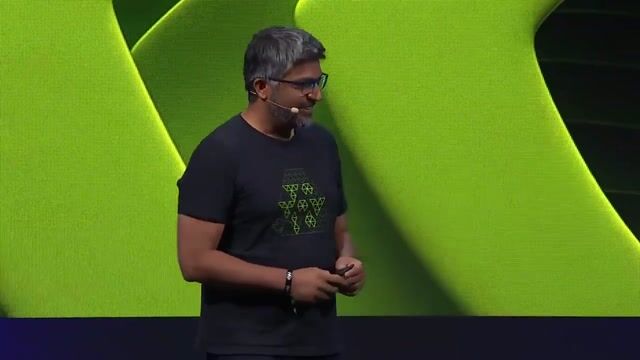 35:16
35:16How AI Models Get Smarter
Ankit Patel
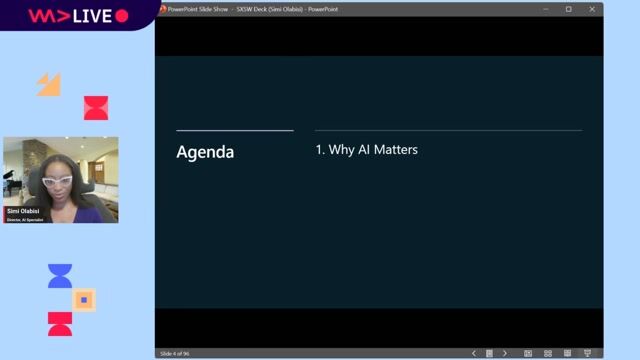 1:09:49
1:09:49Inside the AI Revolution: How Microsoft is Empowering the World to Achieve More
Simi Olabisi
 25:14
25:14The shadows of reasoning – new design paradigms for a gen AI world
Jonas Andrulis
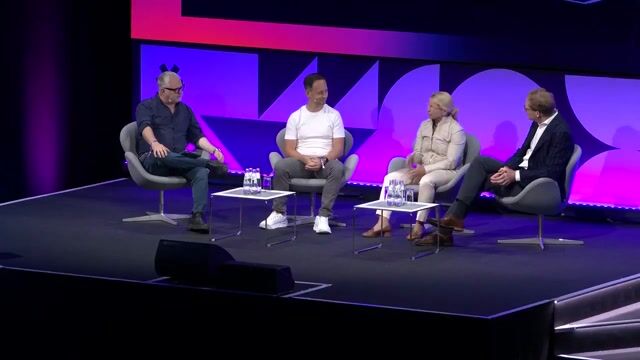 29:00
29:00AI in Action: Real Use Cases with Real Impact - Hanna Hennig, Michael Ameling, Tobias Regenfuss
Hanna Hennig, Michael Ameling & Tobias Regenfuss and Mike Butcher
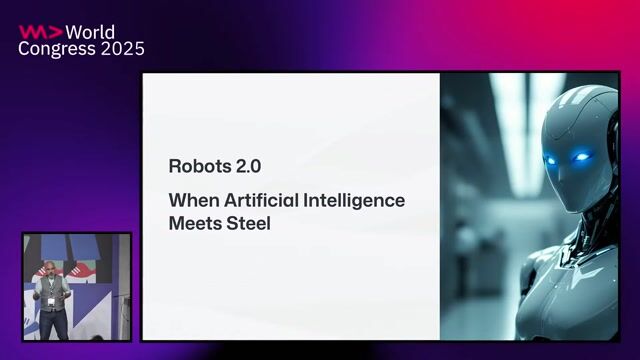 28:19
28:19Robots 2.0: When artificial intelligence meets steel
Thomas Tomow
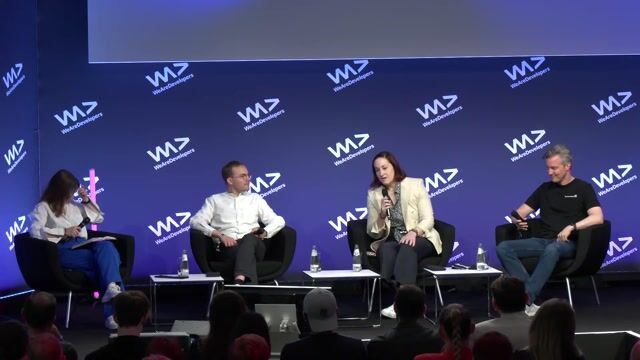 31:15
31:15The AI Skills Gap: What Tech Leaders Must Get Right
Thomas Wollmann, Gerrit Einhoff, Kara Sprague & Alexandra Wudel
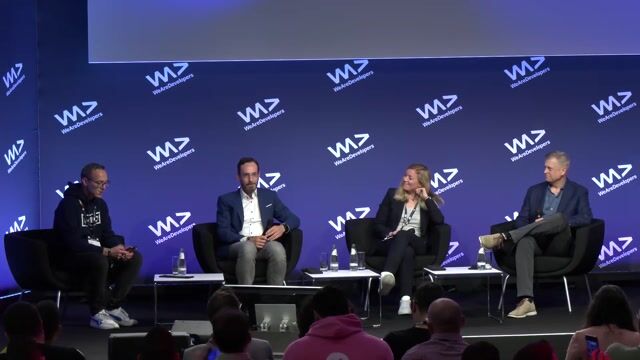 28:19
28:19AI in Leadership: How Technology is Reshaping Executive Roles
Jeff Hausmann, Jasmin Kaiser, Bernd Datler & Sonja Alvarez
 41:06
41:06Panel: How AI is changing the world of work
Pascal Reddig, TJ Griffiths, Fabian Schmidt, Oliver Winzenried & Matthias Niehoff & Mirko Ross
Related Articles
View all articles



From learning to earning
Jobs that call for the skills explored in this talk.

Senior Machine Learning Engineer (f/m/d)
MARKT-PILOT GmbH
Stuttgart, Germany
Remote
€75-90K
Senior
Python
Docker
Machine Learning

Machine Learning & Data Engineer - AI for Autonomous Systems
RIB Deutschland GmbH
Stuttgart, Germany
Python
Machine Learning

ML Data Engineer - Object Detection & Active Learning
autonomous-teaming
München, Germany
Remote
ETL
NoSQL
NumPy
Python
+3

ML Data Engineer - Computer Vision, Video & Sensor Data
autonomous-teaming
Canton of Toulouse-5, France
Remote
ETL
NoSQL
NumPy
Python
+4

AI & Embedded ML Engineer (Real-Time Edge Optimization)
autonomous-teaming
München, Germany
Remote
C++
GIT
Linux
Python
+1


AI Content Expert, Artificial General Intelligence
Amazon.com, Inc
Shoreham-by-Sea, United Kingdom
XML
HTML
JSON
Python
Data analysis
+1


Working Student - AI Solutions & Process Automation
Continental AG
Hannover, Germany
Remote
GIT
Python
Microsoft Office